As children grow, their physical and emotional health becomes a shared responsibility between families, communities, and healthcare systems. Among the many conversations that guide them into adolescence, one is often overlooked yet vitally important: the conversation about cervical cancer, Human Papillomavirus (HPV), and preventive vaccination.
In India, cervical cancer continues to be one of the leading causes of cancer-related deaths among women. Despite being preventable, it accounts for nearly 20% of the global cervical cancer burden. The good news is that early education and timely vaccination against HPV, a virus responsible for the vast majority of cervical cancer cases, can drastically reduce this risk.
Understanding HPV and Cervical Cancer
What is HPV?
Human Papillomavirus (HPV) is a group of more than 100 related viruses. It spreads through skin-to-skin contact and is primarily transmitted through sexual activity. While most HPV infections are asymptomatic and resolve on their own, certain high-risk types (especially HPV-16 and HPV-18) can lead to cervical cancer over time.
What is Cervical Cancer?
Cervical cancer develops in the cells lining the cervix—the lower part of the uterus. It typically begins with persistent HPV infection that causes abnormal changes in cervical cells. Without timely detection and treatment, these changes can become cancerous.
Why Parents Need to Act Early
The HPV vaccine is most effective when administered before exposure to the virus, which typically means pre-adolescents aged 9 to 14 years, well before they become sexually active. This is why the conversation needs to happen early, with a focus on health promotion, cancer prevention, and trust in science, not just sexuality.
Both girls and boys benefit from the HPV vaccine:
- Girls: Protection against cervical, vaginal, and vulvar cancers.
- Boys: Reduced risk of genital warts and HPV-related anal, throat, and penile cancers.
HPV Vaccination in India: What You Should Know
Available Vaccines
- Cervavac (by Serum Institute of India): India’s first indigenously developed quadrivalent HPV vaccine.
- Gardasil and Cervarix (imported): Previously available in private sectors.
Recommended Schedule
- Ages 9–14: 2 doses, 6 months apart
- Ages 15 and above: 3 doses at 0, 1–2, and 6 months
Safety and Side Effects
HPV vaccines are proven safe and effective. Like all vaccines, minor side effects such as fever, soreness at the injection site, or fatigue may occur but usually resolve quickly.
Myths and Misconceptions
Despite its benefits, misconceptions often hinder HPV vaccine uptake in India:
- Myth: The vaccine encourages early sexual activity. Fact: Multiple studies have disproved this claim. The vaccine is about health, not behavior.
- Myth: Cervical cancer cannot be prevented. Fact: The majority of cases are preventable through vaccination and regular screening.
- Myth: Only girls need the HPV vaccine. Fact: Boys can carry and spread the virus and also benefit from protection.
Role of Schools and Healthcare Providers
- School-based vaccination programs have shown great success in other countries and are being considered in India.
- Pediatricians, gynecologists, and family doctors should routinely discuss HPV vaccination during health visits.
- Educators and community health workers can also play a key role in dispelling myths and promoting vaccine awareness.
When to Talk to Your Child
The conversation about HPV vaccination should be:
- Age-appropriate
- Rooted in health and cancer prevention
- Non-judgmental and supportive
Parents can consult a healthcare provider to decide the best time and approach, but ideally, the vaccine should be given between the ages 9–14 for maximum protection.
Conclusion
Cervical cancer is preventable, and HPV vaccination is a powerful tool to protect the next generation. As parents, initiating this conversation and ensuring timely vaccination is not just a health decision—it’s a life-saving one. With increased awareness, education, and access, we can collectively reduce the burden of HPV-related cancers in India and ensure a healthier future for our children.
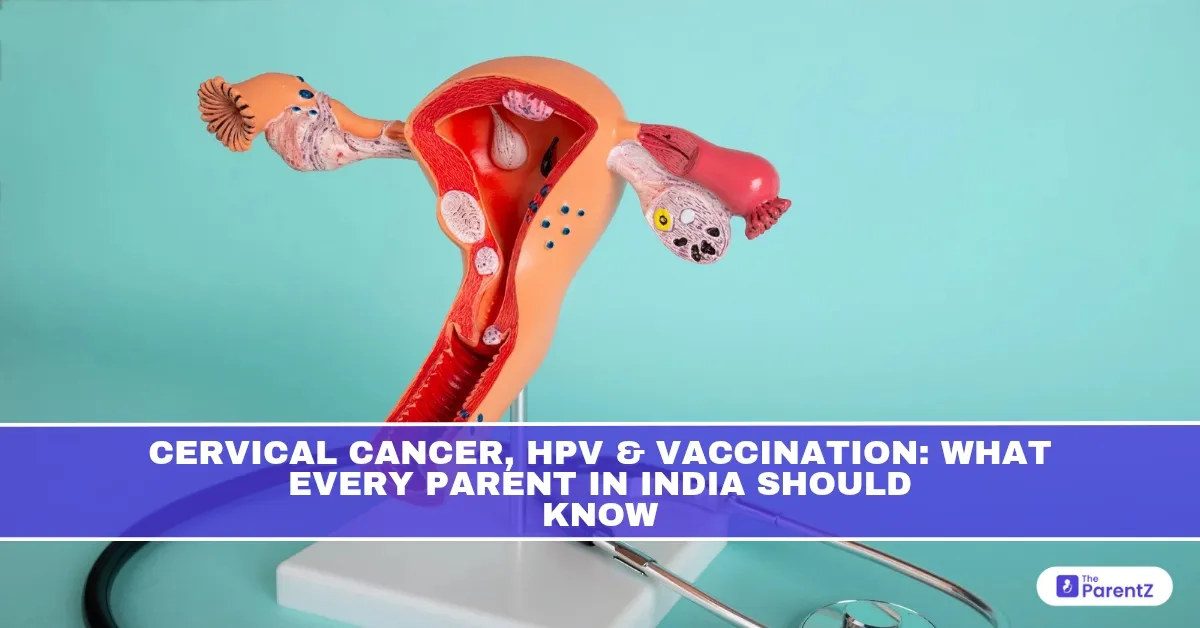

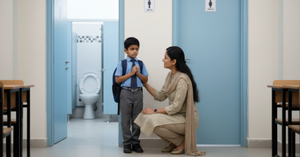
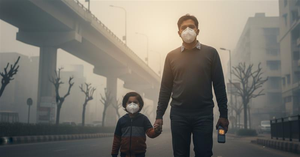
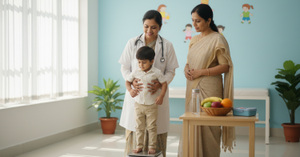
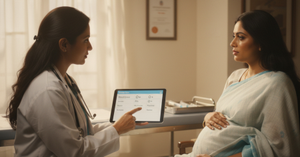


Be the first one to comment on this story.